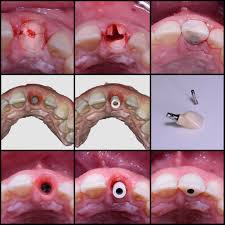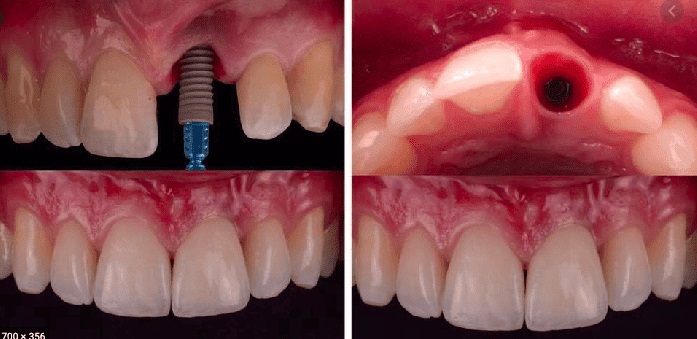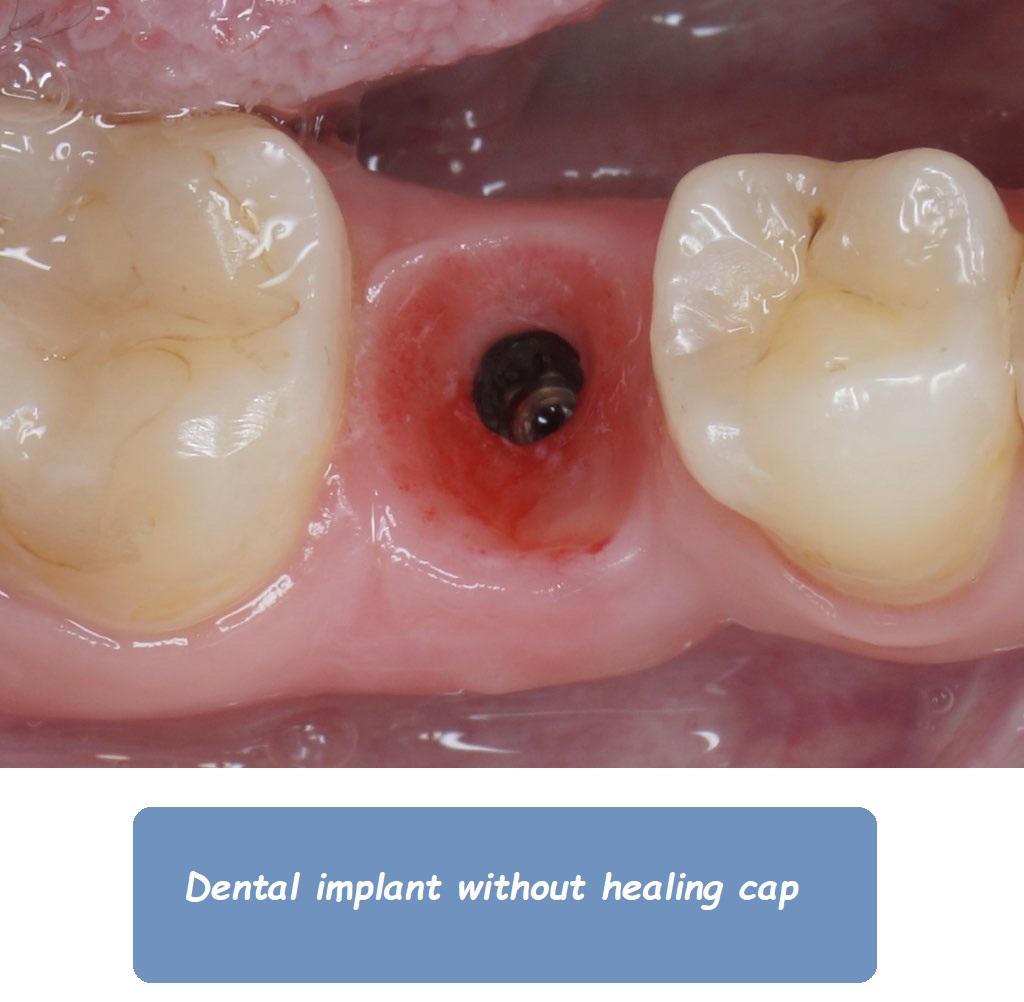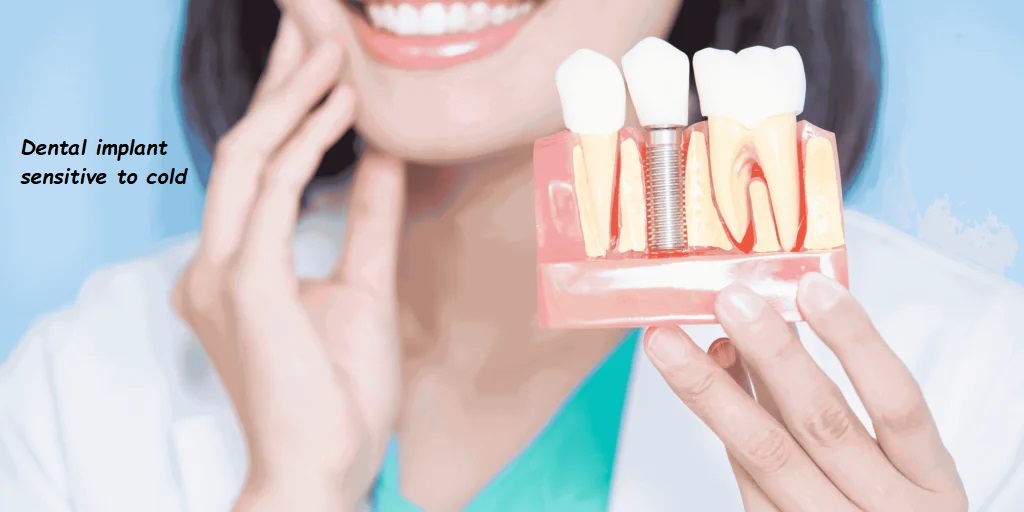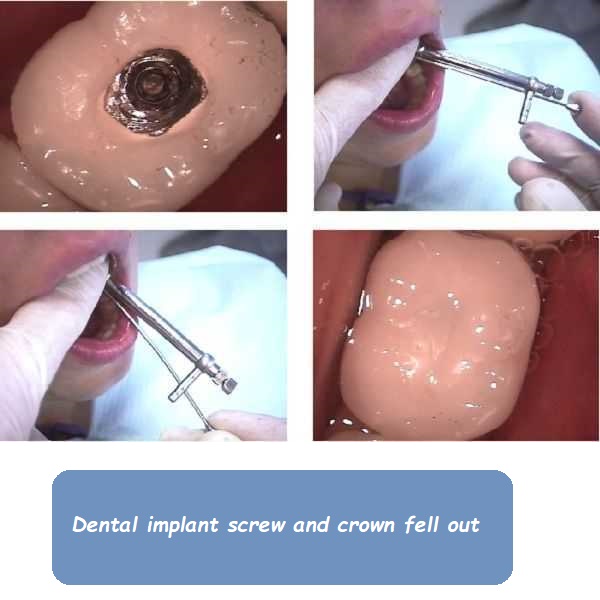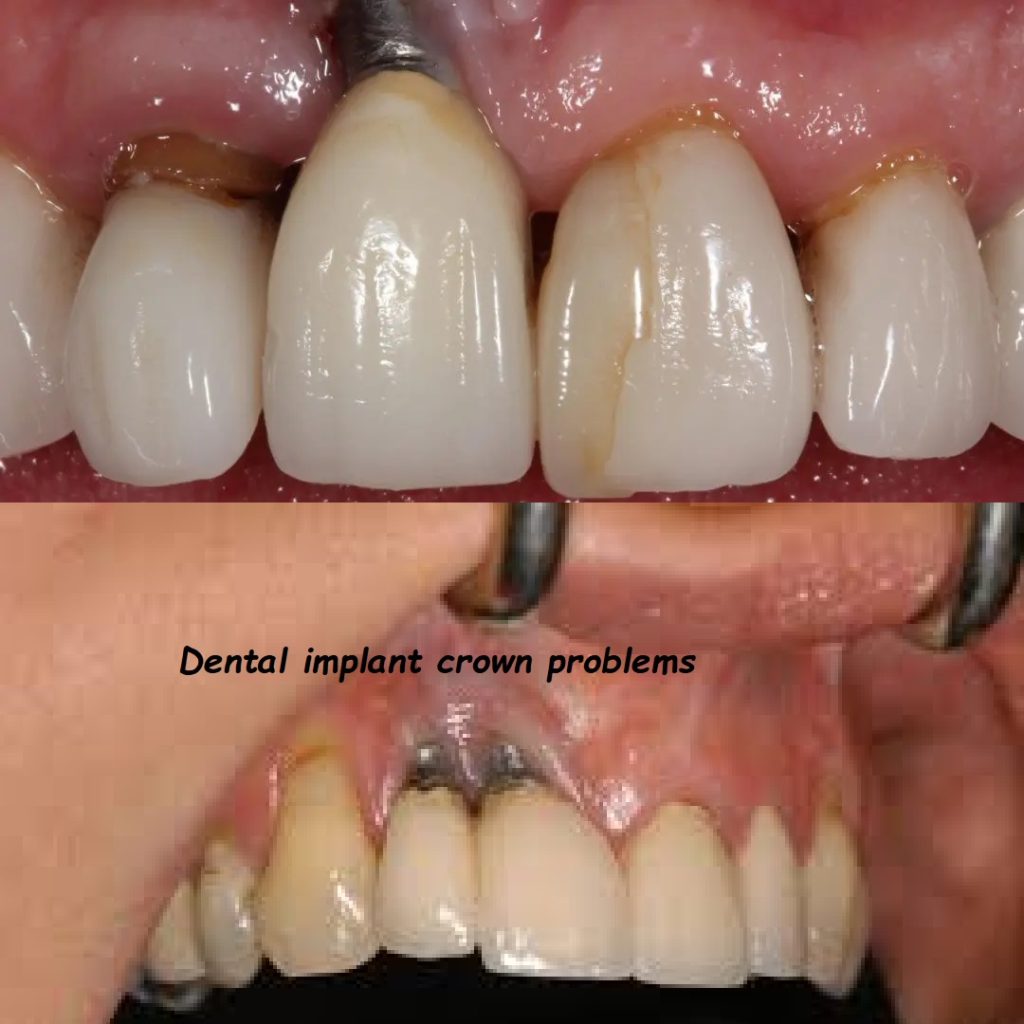Dental implant bone graft healing time
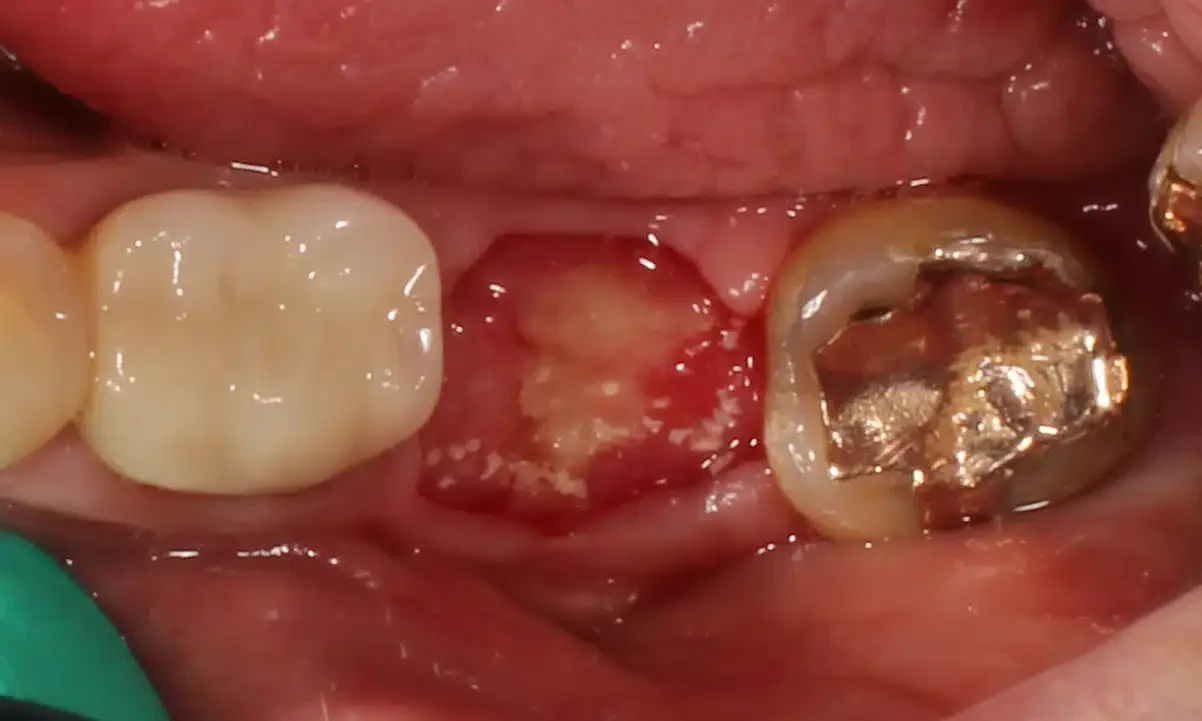
Dental implants have become a popular and effective solution for replacing missing teeth. However, the success of a dental implant often depends on the quality and quantity of the jawbone into which the implant is placed. When there is insufficient bone, a bone graft may be necessary to provide a solid foundation for the implant. Understanding the dental implant bone graft healing time is crucial for patients undergoing this procedure. This article provides an in-depth look at the factors influencing healing time, the stages of healing, and tips for ensuring a successful recovery.
What is a Dental Implant Bone Graft?
A dental implant bone graft is a surgical procedure that aims to augment or replace bone in the jaw to support a dental implant. Bone grafting is necessary when the jawbone is not thick enough or is too soft to hold an implant securely. This condition can result from bone loss due to tooth extraction, periodontal disease, trauma, or congenital defects.
Types of Bone Grafts
- Autografts: Bone taken from another part of the patient’s body, usually the hip or chin.
- Allografts: Bone harvested from a human donor.
- Xenografts: Bone derived from animals, commonly cows.
- Alloplasts: Synthetic materials that mimic natural bone.
Each type of graft has its own advantages and healing time considerations. Autografts, for example, are considered the gold standard because they are the most compatible with the patient’s body, often resulting in faster healing.
Factors Affecting Dental Implant Bone Graft Healing Time
The healing time for a dental implant bone graft can vary significantly from patient to patient. Several factors influence the duration of the healing process:
1. Type of Bone Graft
As mentioned earlier, the type of bone graft used can impact healing time. Autografts generally heal faster because the bone is taken from the patient’s own body, reducing the risk of rejection and infection. Allografts, xenografts, and alloplasts may take longer to integrate and heal due to differences in tissue compatibility and potential immune response.
2. Location of the Graft
The site where the bone graft is placed also affects healing time. Grafts in areas with good blood supply, such as the front of the jaw, typically heal faster than those in areas with poorer blood supply, such as the upper jaw near the sinuses.
3. Patient’s Health and Age
A patient’s overall health and age play a crucial role in healing. Younger, healthier individuals usually experience faster recovery times. Conditions such as diabetes, osteoporosis, and autoimmune diseases can slow down the healing process. Smoking and poor oral hygiene can also negatively impact healing.
4. Extent of Bone Grafting
The amount of bone grafting required will directly influence the healing time. Minor grafting procedures may heal in a few months, while more extensive grafts can take longer to fully integrate with the existing bone.
5. Surgical Technique
The skill and experience of the dental surgeon performing the graft can affect the healing time. Proper technique and careful handling of the graft material can promote quicker integration and reduce complications.
Stages of Dental Implant Bone Graft Healing
The healing process for a dental implant bone graft occurs in several stages, each critical to the success of the implant.
1. Initial Healing (First Week)
The initial healing phase occurs within the first week after the bone graft surgery. During this time, the body responds to the surgical trauma by forming a blood clot at the graft site. This clot serves as a scaffold for new tissue growth. Patients may experience swelling, bruising, and discomfort during this phase, which can be managed with prescribed pain medications and anti-inflammatory drugs.
2. Early Bone Formation (Weeks 2-4)
In the second to fourth week, early bone formation begins. The body starts to produce new bone cells (osteoblasts) that migrate to the graft site and start to form new bone. This stage is crucial as it lays the foundation for the graft to integrate with the existing bone. Patients should follow their dentist’s instructions regarding oral hygiene and avoid any activities that could disrupt the graft site.
3. Bone Remodeling (Months 2-4)
Bone remodeling is the longest phase of the healing process, typically lasting from the second to fourth month post-surgery. During this time, the newly formed bone begins to mature and remodel itself to match the surrounding bone structure. The graft material is gradually replaced by the patient’s own bone. Regular follow-up visits with the dentist are essential to monitor the progress and ensure proper healing.
4. Maturation and Integration (Months 4-6)
The final stage of healing involves the complete integration and maturation of the bone graft. This phase can last from four to six months, depending on the individual patient’s healing capacity and the complexity of the graft. Once the graft has fully integrated, it will provide a stable foundation for the placement of the dental implant.
Tips for a Successful Bone Graft Healing
To ensure a smooth and successful healing process, patients should adhere to the following tips:
1. Follow Post-Operative Instructions
Carefully follow all post-operative instructions provided by your dental surgeon. This includes taking prescribed medications, maintaining oral hygiene, and attending follow-up appointments.
2. Maintain Good Oral Hygiene
Keeping the mouth clean is vital to prevent infection at the graft site. Use a soft-bristled toothbrush and an antiseptic mouthwash as recommended by your dentist.
3. Adopt a Healthy Diet
A nutritious diet rich in vitamins and minerals, particularly calcium and vitamin D, can promote bone health and speed up healing. Avoid hard or chewy foods that can disturb the graft site.
4. Avoid Smoking and Alcohol
Smoking and excessive alcohol consumption can impede the healing process and increase the risk of graft failure. It’s best to avoid these substances during the recovery period.
5. Stay Hydrated
Drinking plenty of water helps to keep the body hydrated and supports the healing process. Proper hydration also helps in maintaining oral health.
6. Avoid Strenuous Activities
Refrain from strenuous physical activities that can increase blood pressure and cause bleeding at the graft site. Follow your dentist’s advice on when it is safe to resume normal activities.
7. Monitor for Complications
Be vigilant for any signs of complications, such as increased pain, swelling, or signs of infection (pus, foul smell). Contact your dentist immediately if you notice any of these symptoms.
Common Complications and How to Address Them
While most bone grafts heal without issues, some complications can arise. Being aware of these and knowing how to address them can help ensure a successful outcome.
1. Infection
Infection is a potential complication that can occur if bacteria enter the surgical site. Signs of infection include increased pain, swelling, redness, and discharge. Prompt treatment with antibiotics is essential to manage the infection and prevent graft failure.
2. Graft Rejection
Graft rejection happens when the body’s immune system attacks the graft material. This is more common with allografts and xenografts. Symptoms include persistent pain, swelling, and graft mobility. In severe cases, the graft may need to be removed and replaced.
3. Graft Failure
Failure of the graft to integrate with the existing bone can occur due to various reasons, such as inadequate blood supply, infection, or patient’s health conditions. Treatment involves removing the failed graft, addressing underlying issues, and considering a new graft procedure.
4. Nerve Damage
Nerve damage, though rare, can occur during the grafting procedure, leading to numbness or tingling in the affected area. If nerve damage is suspected, it’s crucial to consult with your dentist immediately for appropriate management.
Dental Implant Placement After Bone Graft Healing
Once the bone graft has fully healed and integrated with the jawbone, the next step is the placement of the dental implant. The timing of this step varies, but it typically occurs 4-6 months after the bone graft surgery. The implant procedure involves the following steps:
- Preparation of the Implant Site: The healed graft site is prepared for implant placement.
- Implant Placement: The dental implant is surgically inserted into the bone.
- Healing Period: The implant is left to heal and osseointegrate with the bone, a process that takes 3-6 months.
- Abutment Placement: Once the implant has integrated, an abutment is placed on top of the implant.
- Final Restoration: A dental crown is attached to the abutment, completing the restoration process.
Conclusion
The healing time for a dental implant bone graft varies depending on several factors, including the type of graft, location, patient’s health, and extent of grafting. Understanding the stages of healing and following proper post-operative care can significantly enhance the success of the graft and the subsequent dental implant. By adhering to your dentist’s instructions, maintaining good oral hygiene, and leading a healthy lifestyle, you can ensure a smooth and successful recovery, paving the way for a strong and stable dental implant.
Related to read:
Best Oral Hygiene Practices For Optimum Oral Health.
How to Whiten Teeth Naturally?
How to keep your gums healthy and disease-free?
References
To ensure the information provided is accurate and up-to-date, the following sources were referenced:
- American Dental Association. (n.d.). Plaque and Tartar. Retrieved from ADA website
- Mayo Clinic. (n.d.). Dental Plaque. Retrieved from Mayo Clinic website
- National Institute of Dental and Craniofacial Research. (n.d.). Periodontal (Gum) Disease. Retrieved from NIDCR website
How Long Does It Take for an Implant Bone Graft to Heal?
The healing time for a dental implant bone graft can vary depending on several factors, but generally, it takes about 4 to 6 months for the graft to fully integrate with the existing bone. Here are some key considerations:
- Type of Bone Graft: Autografts (bone taken from the patient’s own body) typically heal faster compared to allografts (donor bone) or synthetic grafts due to better compatibility and reduced risk of rejection.
- Location of the Graft: Grafts placed in areas with good blood supply, like the lower jaw, tend to heal more quickly than those in less vascular areas, like the upper jaw near the sinuses.
- Patient’s Health and Age: Younger and healthier individuals often experience faster healing times. Conditions like diabetes, osteoporosis, and autoimmune diseases can slow the process.
- Extent of Bone Grafting: The more extensive the grafting procedure, the longer the healing time. Minor grafts may heal within a few months, while larger grafts could take longer.
- Post-Operative Care: Adhering to post-operative instructions, maintaining good oral hygiene, and avoiding activities that can disrupt the graft site are crucial for a smooth and timely healing process.
How to Heal a Bone Graft Faster?
Healing a bone graft faster involves a combination of proper care, lifestyle adjustments, and adherence to medical advice. Here are some tips:
- Follow Post-Operative Instructions: Your dentist will provide specific guidelines on caring for the graft site. Follow these instructions carefully to avoid complications.
- Maintain Oral Hygiene: Keeping the mouth clean is essential to prevent infection. Use a soft-bristled toothbrush and an antiseptic mouthwash as recommended by your dentist.
- Healthy Diet: A diet rich in vitamins and minerals, particularly calcium and vitamin D, supports bone health and accelerates healing. Include foods like dairy products, leafy greens, fish, and fortified foods in your diet.
- Stay Hydrated: Drinking plenty of water aids in overall health and recovery.
- Avoid Smoking and Alcohol: Smoking and alcohol consumption can significantly impede the healing process. It’s best to avoid these substances entirely during recovery.
- Avoid Strenuous Activities: Refrain from activities that could increase blood pressure or disrupt the graft site. Follow your dentist’s advice on when it’s safe to resume normal activities.
- Take Prescribed Medications: If your dentist prescribes antibiotics or pain relievers, take them as directed to manage pain and prevent infection.
- Regular Check-Ups: Attend all follow-up appointments to monitor the healing progress and address any issues early.
How Long After a Dental Bone Graft Can You Eat?
After a dental bone graft, it’s essential to follow your dentist’s guidelines on eating to ensure proper healing. Generally, you can expect the following timeline:
- First 24-48 Hours: Stick to a liquid or very soft diet to avoid putting pressure on the graft site. Broths, smoothies, yogurt, and applesauce are good options.
- First Week: Gradually introduce soft foods like mashed potatoes, scrambled eggs, and soft-cooked vegetables. Avoid hard, crunchy, or chewy foods that could disturb the graft site.
- After the First Week: As healing progresses, you can slowly reintroduce more solid foods. However, continue to avoid very hard or sticky foods until your dentist gives the all-clear.
- Full Healing (4-6 Months): Once the graft has fully healed and integrated with the existing bone, you can resume a normal diet. Your dentist will provide specific guidance based on your progress.
What Are the Phases of Bone Graft Healing?
Bone graft healing occurs in several distinct phases, each critical to the success of the graft and the eventual placement of the dental implant:
- Inflammatory Phase (First Week):
- Initial Healing: Immediately after surgery, the body forms a blood clot at the graft site. This clot serves as a temporary scaffold for new tissue growth.
- Symptoms: Swelling, bruising, and discomfort are common during this phase.
- Proliferative Phase (Weeks 2-4):
- Early Bone Formation: New bone cells (osteoblasts) start to migrate to the graft site, beginning the process of new bone formation.
- Symptoms: Swelling and pain should gradually decrease, and the graft site starts to stabilize.
- Maturation Phase (Months 2-4):
- Bone Remodeling: The newly formed bone begins to mature and remodel to match the surrounding bone structure. The graft material is gradually replaced by the patient’s own bone.
- Symptoms: The graft site continues to strengthen, and there should be minimal discomfort.
- Integration Phase (Months 4-6):
- Complete Integration: The bone graft fully integrates with the existing bone, providing a solid foundation for the dental implant.
- Symptoms: The graft site should feel completely stable, and the patient can prepare for the next step, which is the placement of the dental implant.
Each phase is crucial for the overall success of the bone graft and the subsequent dental implant. Regular follow-up appointments with your dentist are essential to monitor progress and address any potential issues promptly.



